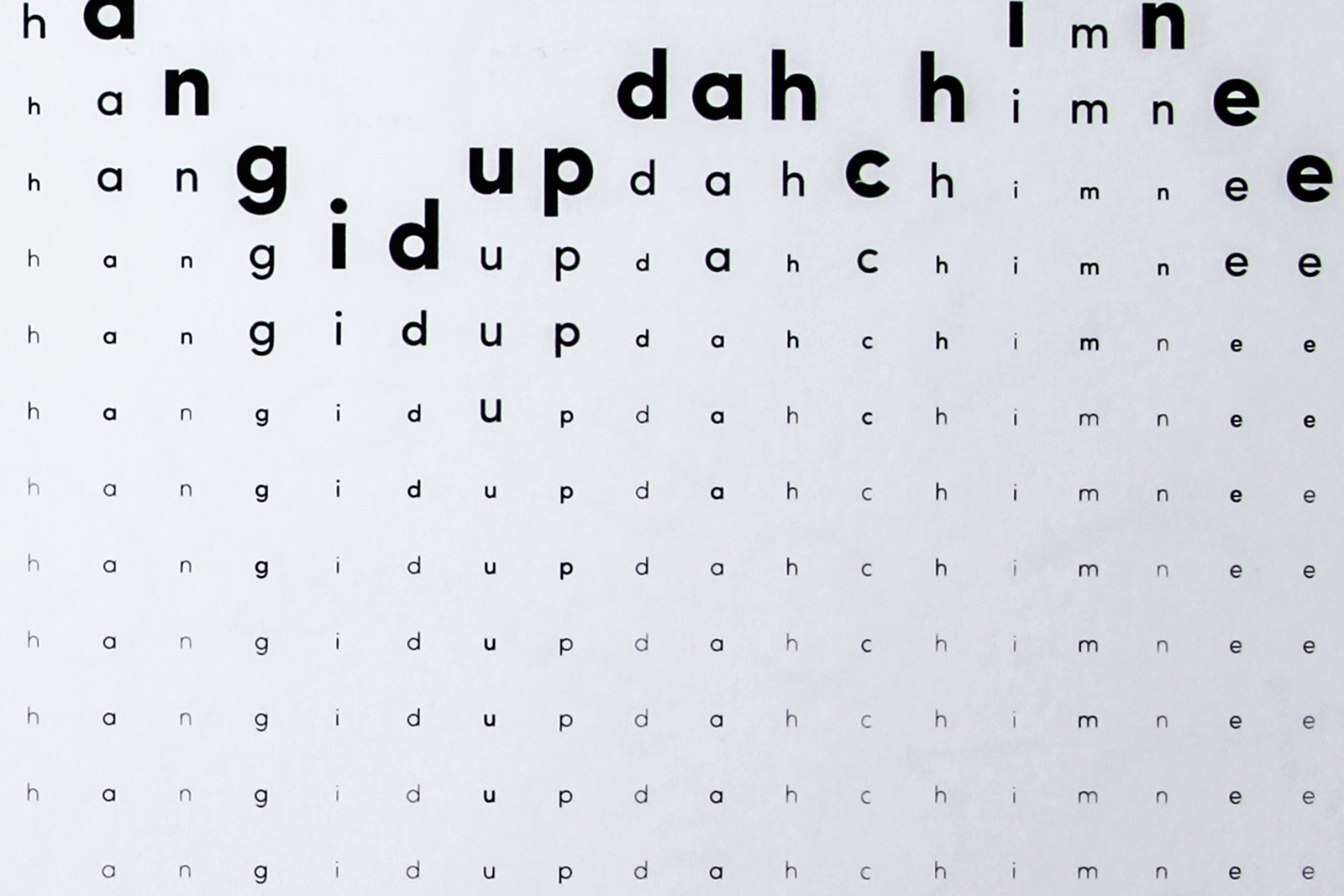
EPPS yang dikonstrak pada tahun 1953 berbentuk inventori kepribadian. Murray mengenai sistem kebutuhan manusia. EPPS dikembangkan dengan berdasar pada teori Henry A. 15 variabel tersebut adalah :, EPPS adalah tes kepribadian yang dikembangkan oleh Allen L. Menurut Edwards, kebutuhan-kebutuhan seseorang dapat diklasifikasikan kedalam 15 golongan yang dibuatnya berdasarkan suatu daftar kebutuhan pokok manusia. Tujuan awal dari alat ini didesain awal sebagai alat penelitian dan konseling untuk menyediakan pengukuran yang sesuai terhadap berbagai variabel independen kepribadian., Tujuan pengukuran dari tes EPPS adalah untuk melihat kebutuhan-kebutuhan seseorang yaitu kebutuhan khusus yang dimiliki seseorang.

Dengan berbentuk verbal atau butir-butir pertanyaan yang berjumlah 225, dimana semua pasangan pernyataan tersebut merupakan pengembangan dari beberapa aspek psikologis yang akan diukur, dengan 15 macam need yang diambil dari teori Murray., Edwards Personal Preference Schedule EPPS adalah singkatan dari Edwards Personal Preference Schedule, suatu alat inventory yang dikembangkan oleh Allen L. vi., Tujuan pada tes EPPS ialah mengungkap 15 need yang terdapat dalam diri individu. Pembatasan waktu tidak mutlak diberikan dengan tujuan agar subyek bisa mengerkjakan tes ini dengan teliti dan lengkap tanpa ada yang terlampaui. Namun tes ini hanya untuk mengetahui apa kebutuhan, tipe-tipe motivasi, dan kesukaan dari seorang individu. Tes EPPS (Edwards Personal Preference Schedule) Tujuan tes epps (edwadrs personal preference schedule) ini untuk mengukur dan meninjau kepribadian orang dilihat dari kebutuhan-kebutuhan yang mendorongnya dalam pekerjaan serta sejauh mana sifat yang kita miliki terhadap kococokan dengan posisi kerja yang kita lamar., Dalam tes EPPS ini tidak ada jawaban benar atau pun jawaban yang salah.14.Heterosexuality: A need to be associated with and attractive to members of the opposite sex.

#TES EPPS FREE#
5.Autonomy: A need to be free of responsibilities and obligations.4.Exhibition: A need to be the center of attention in a group.3.Order: A need to plan well and be organized.2.Deference: A need to conform to customs and defer to others.1.Achievement : A need to accomplish tasks well.Not impressive, split-half reliabilities 15 scales of Edwards Personal Preference Schedule (EPPS) ≱500 college men and women and approximately 9000 adults from the general population selected from urban and rural areas in 48 states.

Identical choice can be converted to a percentile based on normative data ≾ach person thus provides his or her own frame of reference (Popper, 1997). Ipsative scores (forced choice unlike likert scale)compare the individual against himself or herself and produce data that reflect the relative strength of each need for that person Subjects make a choice, they select between one of two needs. ages of 16-85 and takes about 45 minutes to complete forced choice, objective, non-projective personality inventory. To overcome this – formed pairs of items roughly comparable in social desirability and required subjects to select the item in the pair that was more characteristic of their likes or feelings

≾pps faced the perpetual problems of response styles and biases. Having selected items based on theory, Edwards could avoid the blind, subjective, and atheoretical approaches of other strategies. ≱5 needs include the need to accomplish (achievement), the need to conform (deference), and the need for attention (exhibition) Theoretical basis – the need system of Murray (1938) the EPPS is not actually a test in the strictest sense of the word because there are no right or wrong answers. Edwards Personal Preference Schedule (EPPS)Ī good example theoretical strategy used in psychometric tests.


 0 kommentar(er)
0 kommentar(er)
